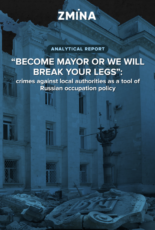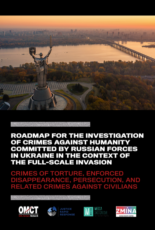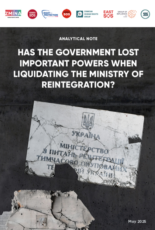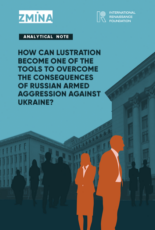What should be done by the state to reintegrate residents of the temporarily occupied Crimea?
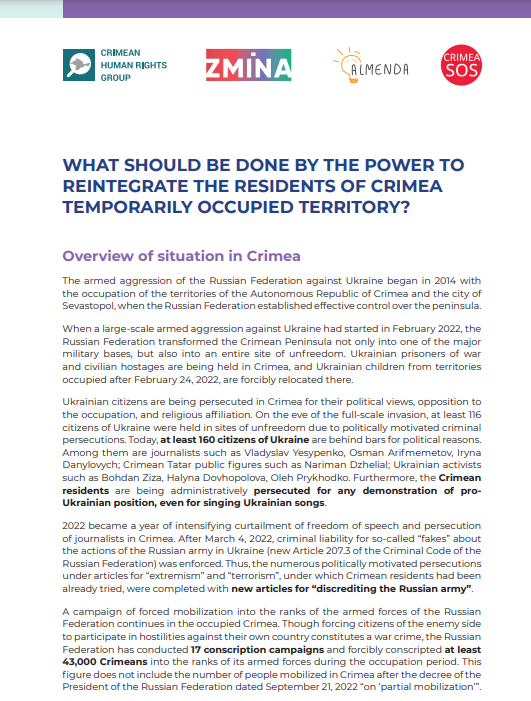
The armed aggression of the Russian Federation against Ukraine began in 2014 with the occupation of the territories of the Autonomous Republic of Crimea and the city of Sevastopol, when the Russian Federation established effective control over the peninsula.
When a large-scale armed aggression against Ukraine had started in February 2022, the Russian Federation transformed the Crimean Peninsula not only into one of the major military bases, but also into an entire site of unfreedom. Ukrainian prisoners of war and civilian hostages are being held in Crimea, and Ukrainian children from territories occupied after February 24, 2022, are forcibly relocated there.
In March 2021, the President of Ukraine approved the Strategy for De-occupation and Reintegration of the Temporarily Occupied Territory of the Autonomous Republic of Crimea and the City of Sevastopol. This document presents guidelines and prioritized aspects for the reintegration of the temporarily occupied territory of Crimea. This said, when the large-scale invasion had begun, the national declarative political course to liberate the Crimean Peninsula by “political and diplomatic’ instruments was sweepingly changed: the territory of Crimea shall be returned by military actions that creates both additional risks and opportunities, since this is obviously the only realistic way to de-occupy the peninsula.
However, in addition to issues of military tactics and strategy, the getting on prospect of de-occupying the territory of Crimea gives rise to many matters regarding the ways and forms of reintegrating the peninsula residents into the legal, educational, cultural, and information spaces of Ukraine. Human rights defenders have developed recommendations for the Ukrainian authorities regarding the effective reintegration of residents of the temporarily occupied territory of Crimea.

